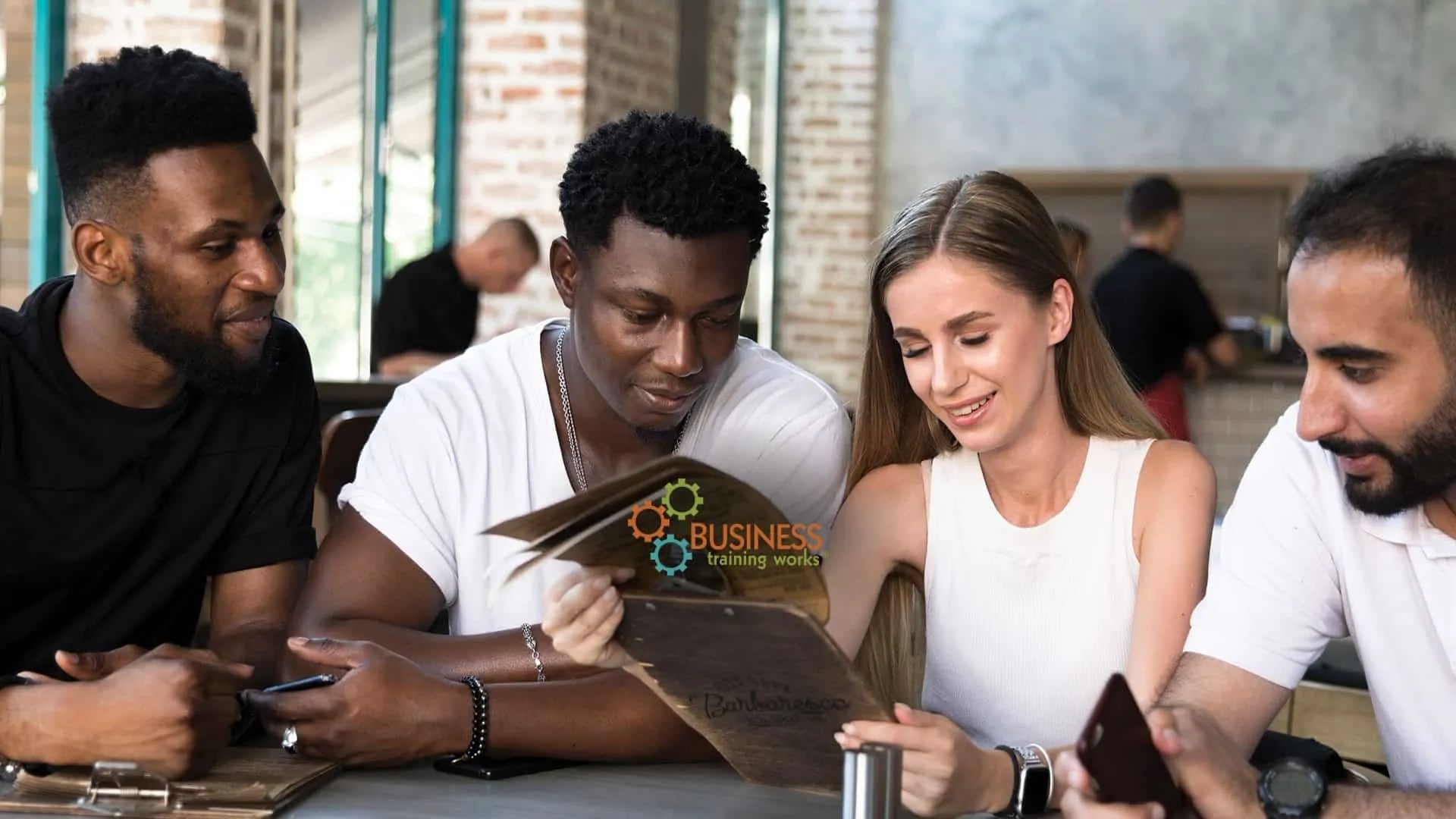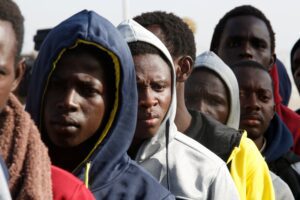
Source: Ghanaija
In the vibrant city of Lagos, Nigeria, lived a young man named Adebayo. Adebayo, a recent graduate in international relations, was passionate about fostering understanding and cooperation between different cultures. His dream was to travel across Africa, studying the diverse cultures and finding ways to bridge communication gaps. One sunny morning, he received an exciting opportunity: a scholarship to study intercultural communication at a prestigious university in Cape Town, South Africa.
Eager to begin his journey, Adebayo packed his bags and said goodbye to his family. As he flew over the sprawling landscapes of Africa, he couldn’t help but think about the six barriers of intercultural communication he had learned about in his courses: language differences, ethnocentrism, stereotypes and prejudices, nonverbal misinterpretations, high anxiety, and conflicting values.
Upon arriving in Cape Town, Adebayo was greeted by Professor Ndaba, an expert in intercultural communication. Professor Ndaba welcomed him warmly and introduced him to his classmates, a diverse group of students from various parts of Africa. Among them were Zola from Johannesburg, South Africa; Kwame from Accra, Ghana; Fatima from Marrakech, Morocco; and Mosi from Nairobi, Kenya. Together, they would embark on a journey to understand and overcome the barriers of intercultural communication.
The first barrier they tackled was language differences. Adebayo, whose native language was Yoruba, struggled initially with understanding the various accents and languages spoken by his classmates. Zola, who spoke Xhosa and English, found it challenging to grasp the nuances of Swahili when speaking with Mosi. To overcome this barrier, the group decided to learn basic phrases in each other’s languages. They also established a rule to speak in English during their discussions, ensuring everyone could participate fully.
Next, they addressed ethnocentrism, the tendency to view one’s own culture as superior. This barrier became apparent during a heated debate about traditional gender roles. Kwame, who came from a patriarchal society, initially struggled to understand Fatima’s perspective on women’s rights. Professor Ndaba facilitated the discussion, encouraging the students to share their cultural backgrounds and listen without judgment. Through open dialogue and empathy, they learned to appreciate the values and traditions of each other’s cultures, reducing ethnocentric attitudes.
Stereotypes and prejudices were another significant barrier the group encountered. Mosi, for example, had preconceived notions about Nigerians based on negative media portrayals. Similarly, Adebayo had his biases about South Africans. To dismantle these stereotypes, the students shared personal stories and experiences, humanizing each other beyond the stereotypes. They realized that while cultural stereotypes might contain a grain of truth, they were often exaggerated and did not represent individuals accurately.
Nonverbal misinterpretations posed yet another challenge. Fatima, who came from a culture where direct eye contact was seen as respectful, often felt uneasy when Kwame, whose culture viewed prolonged eye contact as confrontational, avoided looking directly at her. To address this, Professor Ndaba conducted workshops on nonverbal communication, teaching the students about different cultural norms regarding gestures, eye contact, and personal space. By becoming aware of these differences, they learned to interpret nonverbal cues more accurately.
High anxiety, or the fear of interacting with people from different cultures, was a barrier that Adebayo himself experienced. Despite his enthusiasm for intercultural communication, he often felt nervous about making mistakes or offending someone unintentionally. His classmates shared similar feelings, especially during their initial interactions. To overcome this anxiety, they engaged in team-building activities and social events, gradually becoming more comfortable with each other. They learned that making mistakes was part of the learning process and that mutual respect and understanding could help them navigate these challenges.
The final barrier they explored was conflicting values. During a discussion on environmental conservation, Zola emphasized the importance of protecting wildlife, a value deeply ingrained in South African culture. However, Kwame, whose community depended on hunting for sustenance, had a different perspective. This conflict highlighted the challenge of reconciling differing cultural values. Under Professor Ndaba’s guidance, the students learned to approach such conflicts with an open mind, seeking common ground and finding ways to respect and integrate different values.
Throughout their time together, Adebayo and his classmates traveled across South Africa, visiting various communities and engaging in intercultural exchanges. In a rural village in the Eastern Cape, they participated in a traditional Xhosa ceremony, learning about the local customs and beliefs. In Johannesburg, they visited the Apartheid Museum, gaining insights into South Africa’s complex history and its impact on intercultural relations.
In Durban, they met with Zulu elders, who shared their wisdom on conflict resolution and the importance of community. Each experience enriched their understanding of intercultural communication and the diverse tapestry of African cultures.
One memorable trip took them to the Maasai Mara in Kenya, where they lived with a Maasai community for a week. Mosi, who had grown up in Nairobi, found this experience particularly eye-opening. The Maasai’s close-knit community and their deep connection to the land were in stark contrast to the urban lifestyle he was accustomed to. Through this experience, the students learned the value of immersing themselves in different cultures to gain a deeper understanding and appreciation.
By the end of their program, Adebayo and his classmates had not only studied the barriers of intercultural communication but had also lived through them, learning valuable lessons along the way. They had become adept at navigating language differences, overcoming ethnocentrism, dispelling stereotypes, interpreting nonverbal cues, managing anxiety, and reconciling conflicting values.
Adebayo returned to Lagos with a renewed sense of purpose. He realized that fostering intercultural communication was not just about understanding differences but about building bridges and creating connections. Inspired by his experiences, he founded an organization dedicated to promoting intercultural dialogue and understanding across Africa. His first project was a cultural exchange program between Nigerian and South African youth, aimed at breaking down the barriers of communication and fostering mutual respect.
Through his efforts, Adebayo hoped to contribute to a more interconnected and harmonious Africa, where people from diverse cultures could communicate effectively and work together towards common goals. His journey had taught him that while the barriers of intercultural communication were real, they could be overcome with empathy, openness, and a willingness to learn from one another.
And so, the story of Adebayo and his classmates serves as a testament to the power of intercultural communication in bridging divides and building a more inclusive world.








